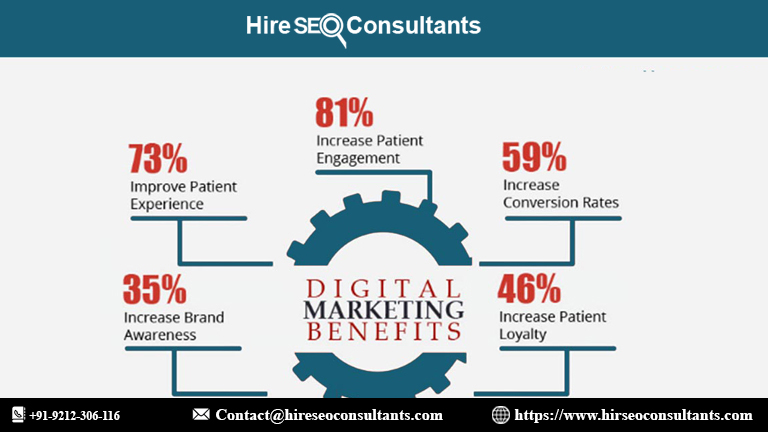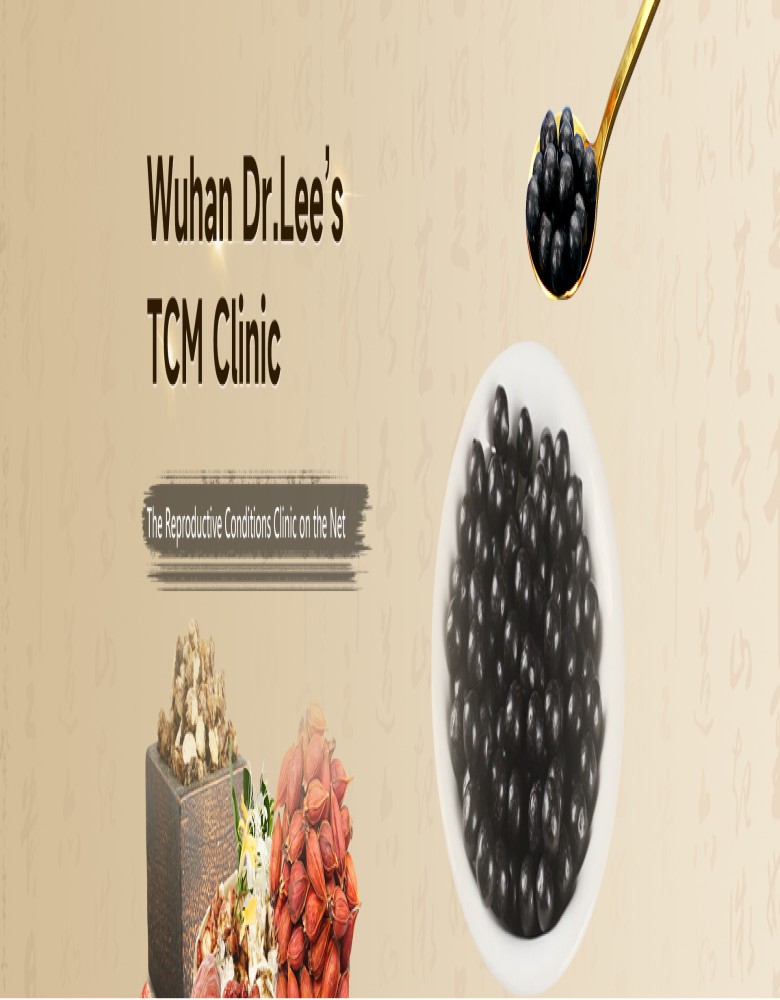How to Create a Killer Cover Letter Format
Learn the essential steps to craft a standout cover letter format that grabs attention. This guide covers key elements like structure, tone, and content, ensuring your cover letter impresses employers and boosts your chances of landing the job. Perfect your approach with these tips for a killer cover letter format.
Understanding the Importance of a Cover Letter
A cover letter is more than just a formality; it's an opportunity to make a personal connection with your prospective employer. While a resume provides the hard facts about your skills and experience, the cover letter gives you the chance to explain why you're the best fit for the position. It allows you to highlight your most relevant experiences and showcase your enthusiasm for the role.
A well-crafted cover letter can be the difference between getting an interview or having your application overlooked. Employers often read cover letters before resumes, so this is your first opportunity to make a great impression. It's your chance to tell your story in a way that is compelling and aligned with the company's needs.
Key Elements of a Cover Letter Format
Creating a killer cover letter format starts with understanding its essential components. Each element plays a crucial role in conveying your qualifications and enthusiasm for the job. Here's what you need to include:
Header
The header is the first thing the employer will see, so it should be professional and well-organized. It typically includes your contact information, the date, and the employer's contact information. The header should be clear and easy to read, with your name prominently displayed.
Your contact information should include your full name, phone number, email address, and, if relevant, your LinkedIn profile or professional website. Ensure that the email address you use is professional, as this will be one of the primary ways the employer contacts you.
Salutation
The salutation is where you greet the person to whom you are addressing the letter. It's essential to address the cover letter to a specific person whenever possible. This shows that you've done your research and are genuinely interested in the position.
If you don't know the name of the hiring manager, try to find out. If it's not possible, a general greeting such as "Dear Hiring Manager" is acceptable. Avoid using outdated greetings like "To Whom It May Concern."
Introduction
The introduction is your opportunity to grab the employer's attention. It should be concise and compelling, clearly stating the position you're applying for and how you found out about it. This section should also briefly mention why you're interested in the role and what makes you a strong candidate.
A strong introduction will hook the reader and encourage them to continue reading. It's essential to convey enthusiasm and confidence without coming across as arrogant.
Body Paragraphs
The body of your cover letter is where you delve into the specifics of why you're the ideal candidate for the job. This section should be tailored to the job description, highlighting your most relevant skills and experiences.
Each paragraph should focus on a specific aspect of your qualifications. For example, one paragraph might focus on your technical skills, while another highlights your ability to work well in a team. Use examples to demonstrate how you've successfully applied these skills in the past.
It's important to strike a balance between being detailed and concise. You want to provide enough information to show that you're qualified without overwhelming the reader with too much detail.
Closing Paragraph
The closing paragraph is where you wrap up your letter and express your enthusiasm for the opportunity to interview. It's also the place to include a call to action, such as inviting the employer to contact you to arrange an interview.
In this section, reiterate your interest in the position and your eagerness to contribute to the company. Thank the employer for their time and consideration, and express your hope to discuss your application further.
Signature
Your cover letter should end with a professional closing, such as "Sincerely" or "Best regards," followed by your signature. If you're submitting a digital copy, a typed signature is acceptable. However, if you're sending a hard copy, leave space to sign your name in ink above your typed name.
Tips for Crafting an Effective Cover Letter
Crafting an effective cover letter requires attention to detail and a deep understanding of the job you're applying for. Here are some tips to help you create a cover letter that stands out:
Research the Company
Before you start writing your cover letter, take the time to research the company. Understand their mission, values, and culture. This will allow you to tailor your cover letter to show that you're not only qualified for the job but also a good fit for the company.
Mentioning specific details about the company in your cover letter can demonstrate that you've done your homework and are genuinely interested in the role.
Tailor Each Cover Letter to the Job
One of the biggest mistakes job seekers make is using the same cover letter for multiple applications. A generic cover letter won't make the same impact as one that's tailored to the specific job you're applying for.
Take the time to customize your cover letter for each position. Highlight the skills and experiences that are most relevant to the job description, and explain how you can contribute to the company's success.
Showcase Your Achievements
Your cover letter is an opportunity to showcase your achievements and demonstrate how you've added value in your previous roles. Use specific examples to illustrate your accomplishments and show how they relate to the job you're applying for.
Quantifying your achievements can make them more compelling. For example, instead of saying you "improved sales," you could say you "increased sales by 20% over six months."
Keep It Concise
While it's important to include all the necessary information in your cover letter, it's equally important to keep it concise. Employers are busy, and they appreciate cover letters that get to the point.
Aim for a cover letter that's no longer than one page. Be concise, but make sure you're still providing enough detail to demonstrate your qualifications.
Use Professional Language
Your cover letter should be written in a professional tone. Avoid using slang or overly casual language. At the same time, it's important to let your personality shine through. You want to come across as approachable and enthusiastic, not robotic.
Be mindful of your word choice and sentence structure. Use clear, straightforward language, and avoid jargon or overly complex sentences.
Proofread Carefully
A cover letter with typos or grammatical errors can make a poor impression on potential employers. Before you submit your cover letter, take the time to proofread it carefully. Consider asking a friend or mentor to review it as well.
It's important to ensure that your cover letter is polished and professional. A well-written cover letter shows that you're detail-oriented and take pride in your work.
Common Mistakes to Avoid in Your Cover Letter
Creating a killer cover letter involves not only knowing what to include but also what to avoid. Here are some common mistakes to watch out for:
Being Too Generic
A generic cover letter that could apply to any job won't make a strong impression. Avoid using vague language or generic phrases. Instead, be specific about why you're interested in the particular role and how your skills and experiences make you the right candidate.
Focusing Too Much on Yourself
While your cover letter should highlight your qualifications, it should also focus on how you can contribute to the company. Avoid spending too much time talking about what you want. Instead, emphasize what you can bring to the table and how you can help the company achieve its goals.
Repeating Your Resume
Your cover letter should complement your resume, not repeat it. Avoid simply listing your job history or skills. Instead, use the cover letter to provide context for your resume, explaining how your experiences make you a strong candidate for the position.
Using a One-Size-Fits-All Approach
Each job is unique, and your cover letter should reflect that. Avoid using the same cover letter for multiple applications. Instead, tailor your cover letter to the specific job you're applying for, highlighting the skills and experiences that are most relevant.
Including Irrelevant Information
Stick to the information that is most relevant to the job you're applying for. Avoid including personal details or experiences that don't relate to the position. Employers are interested in how you can contribute to their company, so focus on the qualifications that are most relevant.
Neglecting to Include a Call to Action
Your cover letter should end with a strong closing that encourages the employer to take the next step. Don't forget to include a call to action, such as inviting the employer to contact you to arrange an interview.
Examples of Strong Cover Letter Phrases
When writing your cover letter, the language you use can make a big difference. Here are some examples of strong cover letter phrases that can help you make a great impression:
Expressing Enthusiasm for the Role
"I am excited about the opportunity to contribute to [Company Name] as a [Position Title]."
"My passion for [Industry/Field] and my experience in [Relevant Skill] make me an ideal candidate for this role."
"I am eager to bring my [Skill/Experience] to [Company Name] and help drive success in [Specific Area]."
Highlighting Relevant Skills and Experience
"My experience in [Relevant Skill] has equipped me with the ability to [Specific Achievement], which I am excited to bring to [Company Name]."
"I have a proven track record of [Specific Achievement], and I am confident that my skills will contribute to the continued success of [Company Name]."
"With my background in [Relevant Field/Industry], I have developed strong [Skill] skills that I am eager to apply in this role."
Demonstrating a Fit with the Company Culture
"I admire [Company Name]'s commitment to [Specific Value], and I am excited about the opportunity to contribute to a team that shares my passion for [Industry/Field]."
"Having researched [Company Name], I am impressed by your dedication to [Specific Value], and I am eager to bring my [Skill/Experience] to your team."
"I believe that my values align with those of [Company Name], and I am excited about the opportunity to contribute to your mission."
FAQ
What is the ideal length for a cover letter?
The ideal cover letter should be concise and to the point, typically no longer than one page. Aim for three to four paragraphs that provide enough detail to showcase your qualifications while keeping the reader engaged.
Should I include my contact information in the cover letter?
Yes, it's important to include your contact information in the header of your cover letter. This should include your full name, phone number, email address, and any relevant professional profiles, such as LinkedIn.
How should I address the cover letter if I don’t know the hiring manager’s name?
If you don’t know the hiring manager’s name, it’s best to do some research to find out. If that's not possible, you can use a general greeting such as "Dear Hiring Manager" or "Dear [Department] Team."
Can I use the same cover letter for multiple job applications?
It's not recommended to use the same cover letter for multiple job applications. Each cover letter should be tailored to the specific job you're applying for, highlighting the skills and experiences that are most relevant to that role.
What should I include in the introduction of my cover letter?
The introduction should clearly state the position you're applying for, how you found out about it, and a brief mention of why you're interested in the role. It should be engaging and make the reader want to continue reading.
How can I make my cover letter stand out?
To make your cover letter stand out, tailor it to the specific job and company. Showcase your most relevant skills and achievements, use strong and confident language, and express genuine enthusiasm for the role.
Is it important to quantify achievements in a cover letter?
Yes, quantifying your achievements can make your cover letter more compelling. Providing specific numbers or percentages can give the employer a clearer picture of your impact in previous roles.
Should I mention why I’m leaving my current job in the cover letter?
It's generally not necessary to explain why you're leaving your current job in the cover letter unless it's directly relevant to the position you're applying for. Focus on why you're excited about the new opportunity and how you can contribute to the company.
How do I close a cover letter effectively?
Close your cover letter with a strong final paragraph that reiterates your interest in the position and expresses enthusiasm for the opportunity to interview. Include a call to action, such as inviting the employer to contact you to discuss your application further.
What should I avoid including in a cover letter?
Avoid including irrelevant information, overly personal details, or repeating your resume verbatim. Also, avoid using generic phrases or clichés that don't add value to your application.
How important is the formatting of my cover letter?
The formatting of your cover letter is crucial. It should be professional, clean, and easy to read. Use a standard font, such as Times New Roman or Arial, with a font size of 10-12 points. Ensure that there is adequate spacing between paragraphs and that the margins are consistent.
Is it necessary to include a signature in a digital cover letter?
In a digital cover letter, a typed signature is acceptable. If you're sending a hard copy, leave space to sign your name in ink above your typed name.
Should I follow up after submitting a cover letter?
It's a good idea to follow up a week or two after submitting your cover letter if you haven't heard back. This shows your continued interest in the position and can help keep your application top of mind for the employer.
Can a cover letter compensate for a lack of experience?
A well-crafted cover letter can help bridge the gap if you lack some experience required for the job. Use it to highlight transferable skills, enthusiasm for the role, and a willingness to learn and grow within the company.
What if I make a mistake in my cover letter after submitting it?
If you realize you've made a significant mistake in your cover letter after submitting it, consider sending a polite follow-up email with the corrected version attached. Apologize for the oversight and emphasize your continued interest in the position.
These FAQs should help clarify any remaining questions you might have about creating an effective and professional cover letter format.
Get in Touch
Website – https://www.webinfomatrix.com
Mobile - +91 9212306116
Whatsapp – https://call.whatsapp.com/voice/9rqVJyqSNMhpdFkKPZGYKj
Skype – shalabh.mishra
Telegram – shalabhmishra
Email - info@webinfomatrix.com
What's Your Reaction?
















